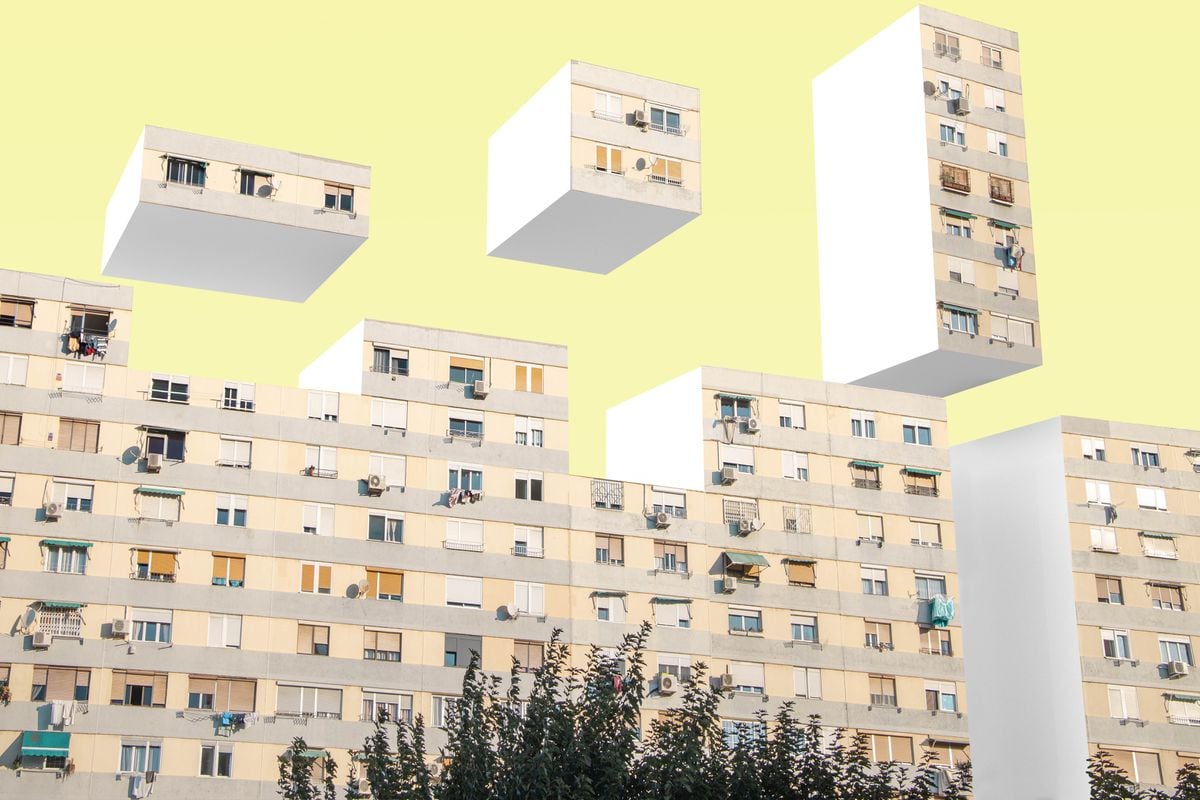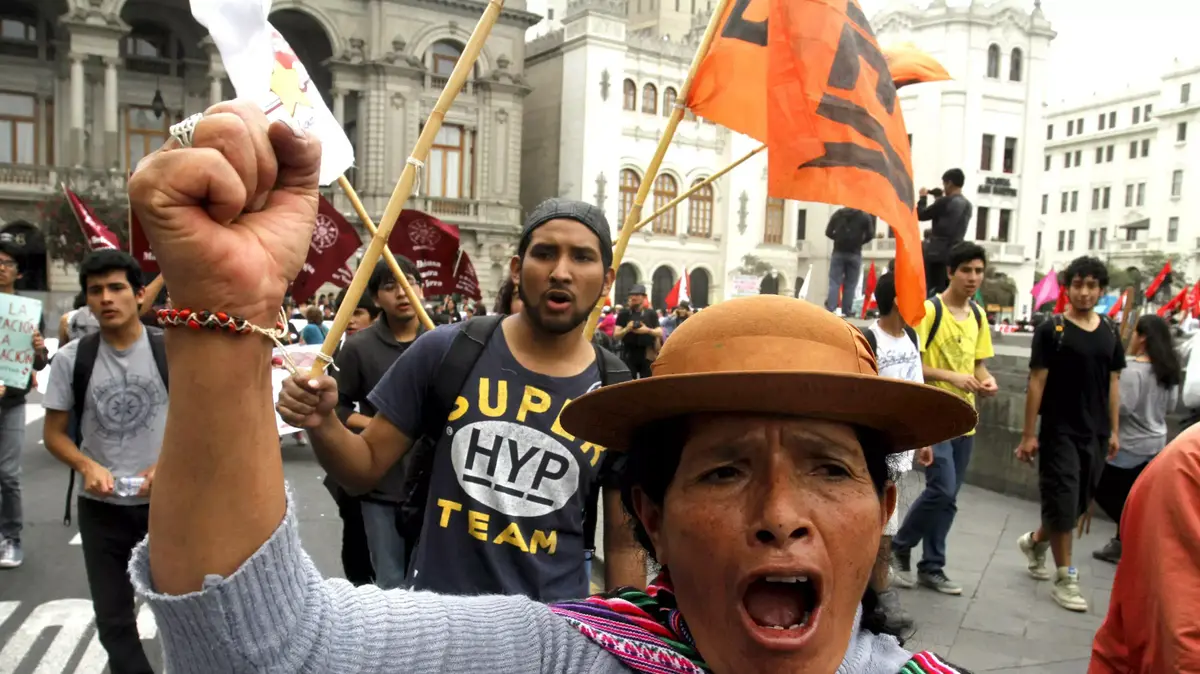In the autumn of the 58-59 academic year, Andrea, 19, sat alone, smoking, on a bench at the Institute for Teacher Training of the new University City of Madrid.
Her 18-year-old Sebas always watched her, until one day he sat down with her.
And they began to meet there, on Andrea's bench, every day after class.
Later, he would begin to accompany her home, a stately portal on Antonio Maura street, next to the Retiro, where the architect Secundino Zuazo built an apartment building with large spaces designed to be occupied by one family per floor;
there Andrea's father had her home, and on another floor, he would notice her.
Sebas always left the place where she lived in the air, although she found her own bank, the Sebas bank, in the Retiro.
One day they both got on the subway, and Sebas showed Andrea her house,
one of the 800 social housing for employees of the Municipal Transport Company (EMT), in the north of Paseo de la Castellana, built by the architect Secundino Zuazo.
There they give the first kiss;
It is there, on that street, in the winter of 1959, how "Sebas's class shame is neutralized by Andrea's bourgeois guilt."
This is how a love story always begins: teaching the conflict.
And so begins the short film that Elías León Siminiani has titled
Emotional Architecture 1959
(Golden Spike at the Seminci, nominated for the Goya) and breaks down a relationship linked to architecture, to urban spaces, to the views from large windows and windows, streets that survive almost intact;
two boys born in the post-war period walking through today's Spain, protected by the buildings of that time, delving into a conflict that overwhelms them when Andrea begins to militate in anti-Franco movements, she reproaches Sebas that he should precisely understand it and he tells her to her that they are only “four bourgeois making the revolution in a cafeteria”.
It is a story about two banks, Andrea's and Sebas's;
about his two houses, about the distributions of a house, about walks through the neighborhoods, about turning the corner knowing what corner it is and what happened in it 60 years ago.
And it is impressive how in half an hour León Siminiani, in a very original way, questions all of us.
There is architecture that, like Rome, is eternal, and the places where we fell in and out of love, kissed and argued, swore eternal love and broke up, are spaces that do not emerge unscathed from our lives;
it is impossible to appreciate them in any other light than our own, the most personal and intimate.
The small waterfall in Parque del Oeste in Madrid where we said, when everything was going well, that when we broke up we would think of her the first time we spoke as exes.
The arcades of A Ferrería de Pontevedra where we stood, raining heavily, and I said “I love you” and you said “okay”, and I ran into a pastry shop to buy a cristina de nata.
The Campolongo bench where we used to sit at the age of 16 doing nothing for hours, paralyzed because it was the first time we fell in love and we didn't know what to do.
All of this continues not as a witness, but as an active part, an indestructible memory.
It is impressive how, being able to sell something so full of life, past and present, an image campaign can be made for a city selling a single woman having balloon drinks on
rooftops
, having bell towers from which to jump when seeing the waiter approaching again.
Subscribe to continue reading
Read without limits
Keep reading
I'm already a subscriber

/cloudfront-eu-central-1.images.arcpublishing.com/prisa/KGNWGN2R75ASBP64ZHZHSDOKUY.jpg)












